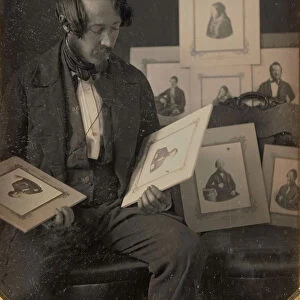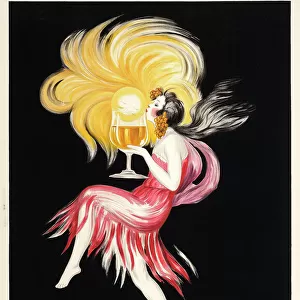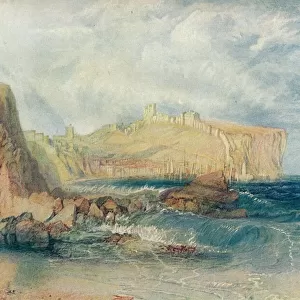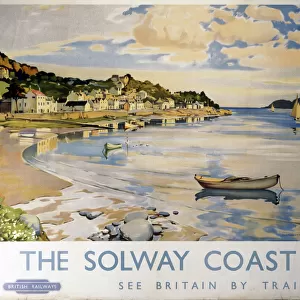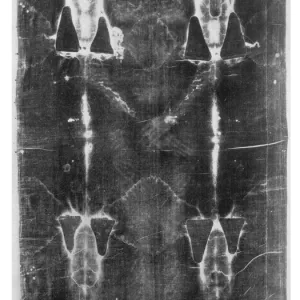Home > Europe > United Kingdom > England > London > Sights > British Museum
The Ram in a Thicket, from Ur, southern Iraq, c2600-c2400 BC
![]()

Wall Art and Photo Gifts from Heritage Images
The Ram in a Thicket, from Ur, southern Iraq, c2600-c2400 BC
Detail of the Ram in a Thicket, from Ur, southern Iraq, c2600-c2400 BC. One of an almost identical pair discovered by Leonard Woolley in the Great Death Pit, one of the Royal Graves in the cemetery at Ur. It was named by Woolley after the biblical reference in Genesis 22:13; God ordered Abraham to sacrifice his son Isaac, but at the last moment Abraham lifted up his eyes, and looked, and behold behind him a ram caught in a thicket by his horns: and Abraham went and took the ram, and offered him up for a burnt offering in the stead of his son. The ram is more accurately described as a goat. From the British Museums collection
Heritage Images features heritage image collections
Media ID 14857123
© CM Dixon / Heritage-Images
Abraham Ancient City Archaeological British Museum Charles Leonard Charles Leonard Woolley Excavation Excavations Fleece Goat Goats Grave Horn Iraq Isaac Lapis Lazuli Sheep Sir Charles Leonard Sir Charles Leonard Woolley Thicket Woolley Mike Dixon Old Testament
FEATURES IN THESE COLLECTIONS
> Animals
> Farm
> Goats
> British
> Animals
> Mammals
> Bovidae
> Sheep
> Arts
> Artists
> G
> Charles Gold
> Asia
> Iraq
> Related Images
> Europe
> United Kingdom
> England
> London
> Sights
> British Museum
> Historic
> Ancient artifacts and relics
> Popular Themes
> Religious Images
> Popular Themes
> Sheep
EDITORS COMMENTS
This print showcases "The Ram in a Thicket" from the ancient city of Ur, located in southern Iraq. Dating back to approximately 2600-2400 BC, this intricate artifact was discovered by archaeologist Leonard Woolley in the Great Death Pit within the Royal Graves at Ur. The name of this remarkable piece was inspired by a biblical reference found in Genesis 22:13. In this biblical tale, God commanded Abraham to sacrifice his son Isaac as an offering. However, just as Abraham prepared to carry out the act, he noticed a ram caught by its horns in a thicket behind him. Seeing it as divine intervention, Abraham sacrificed the ram instead of his son. Although referred to as a ram due to its biblical association, this object is more accurately described as a goat. It features stunning details such as lapis lazuli and gold accents on its fleece and horns. Housed within the prestigious British Museum's collection, this artifact serves not only as an archaeological treasure but also holds religious significance for those who follow Christianity or are interested in Old Testament stories. Its discovery sheds light on ancient burial practices and provides valuable insights into the rich history of Ur and its people. As we admire this photograph print today, we are reminded of how art can bridge gaps between civilizations and connect us with our ancestors' beliefs and traditions.
MADE IN AUSTRALIA
Safe Shipping with 30 Day Money Back Guarantee
FREE PERSONALISATION*
We are proud to offer a range of customisation features including Personalised Captions, Color Filters and Picture Zoom Tools
SECURE PAYMENTS
We happily accept a wide range of payment options so you can pay for the things you need in the way that is most convenient for you
* Options may vary by product and licensing agreement. Zoomed Pictures can be adjusted in the Cart.


